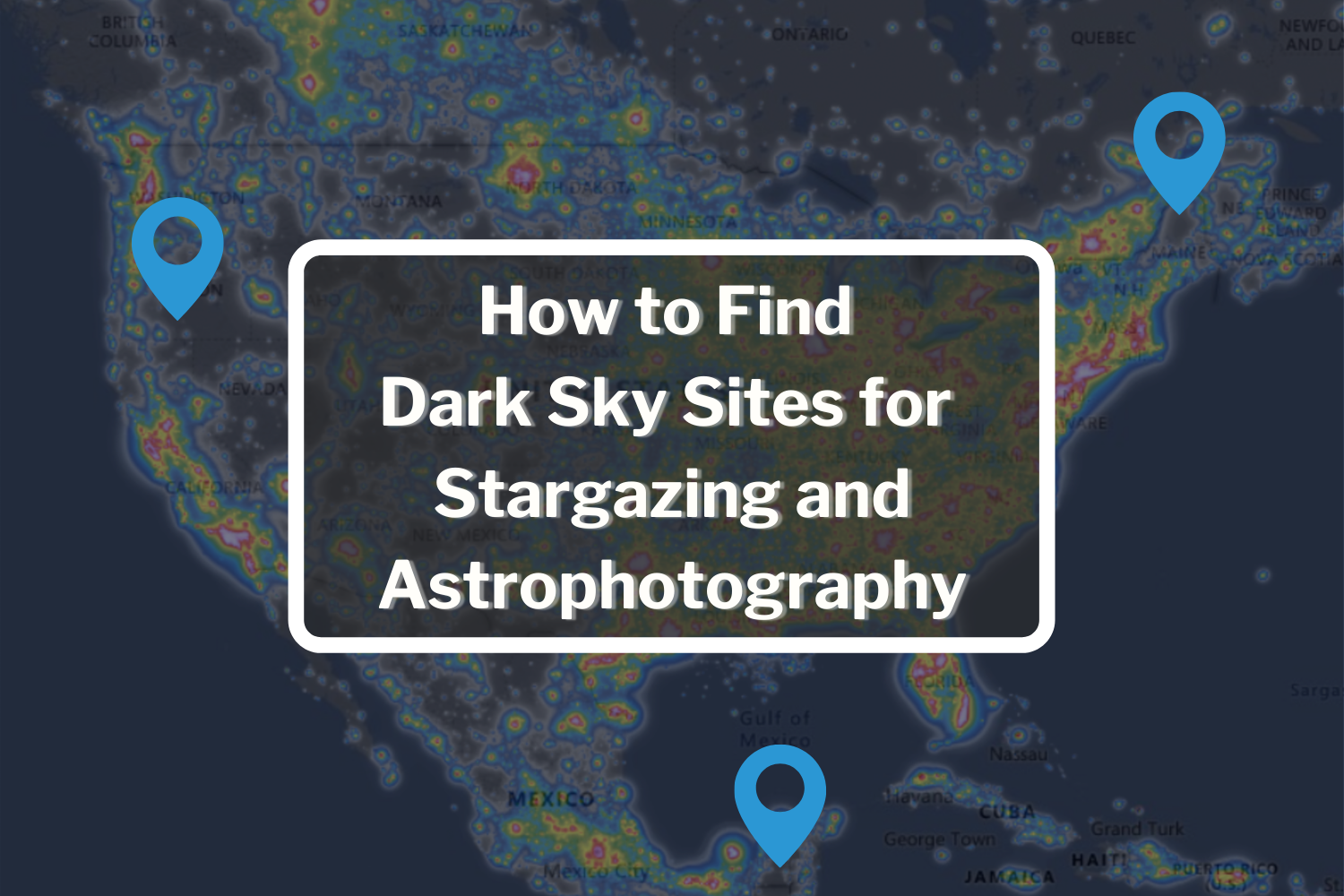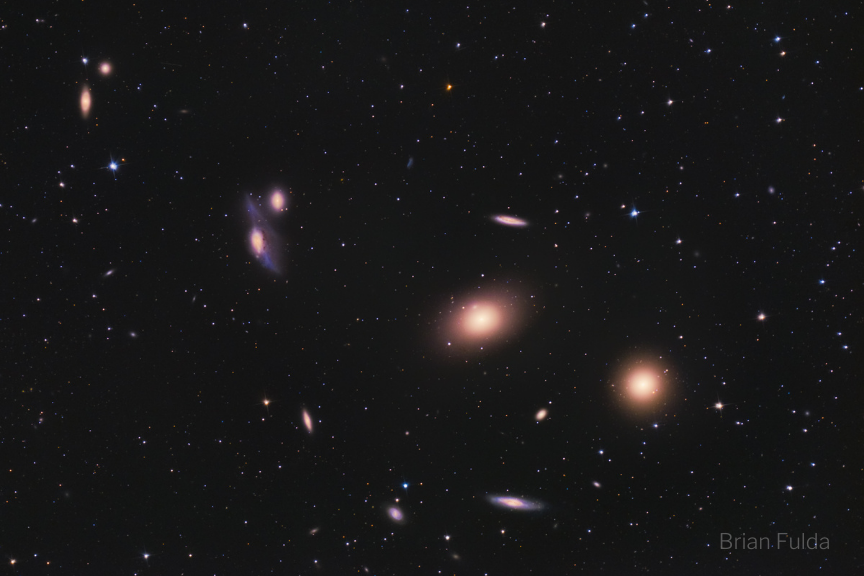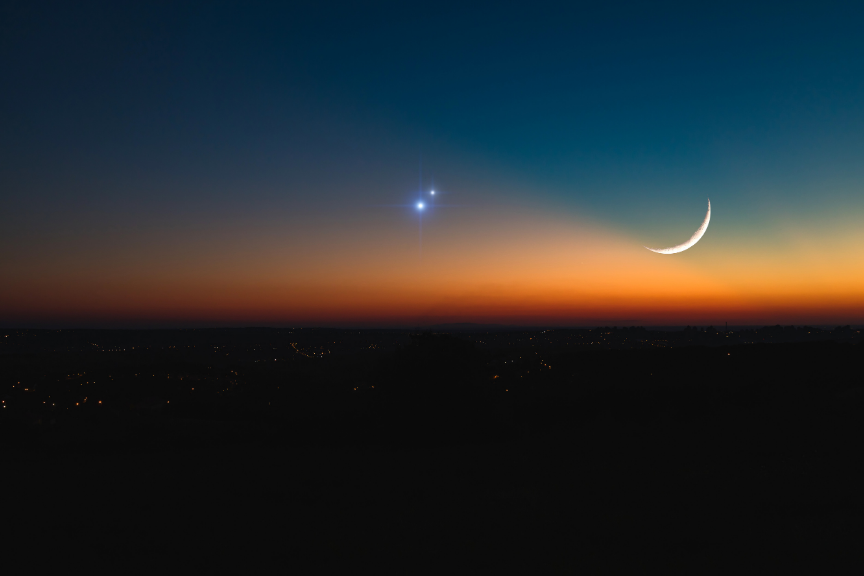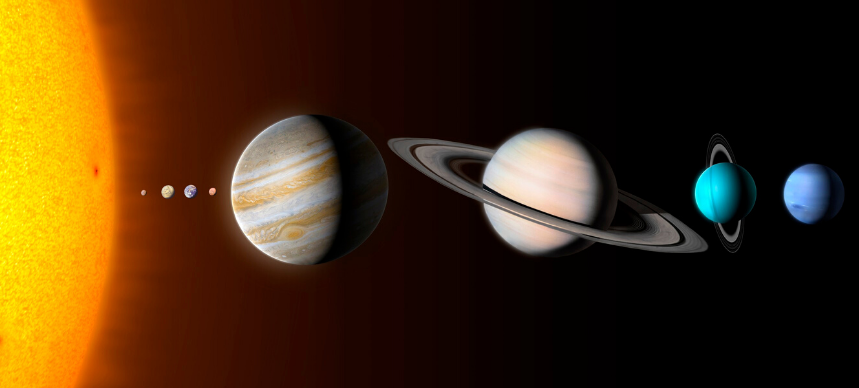How Much Magnification You Need to See Planets
While magnification varies for your telescope and what you want to see, we give you a general guideline to follow and try out below!
Oureyepiece collection page has an awesome breakdown of the different eyepieces and explains magnification further.
Let’s get started!
What is Magnification
Magnification is measured by how many more times larger an image appears than the naked eye. For example, a magnification of 100x will make the object 100 times largerthan what our eyes see.
Figuring out what magnification you need to see planets depends on both your telescope and thechoices of eyepieces.
How to Calculate Magnification
Telescope Focal Length ÷ Eyepiece Focal Length = Magnification
Apart from magnification, you'll also want to know your telescope's maximum useful magnification, so you don't use too high magnification. Please contact us if you would like help figuring this out!
How to Calculate Maximum Useful Magnification
Take your telescope's aperture in millimeters and multiply it by two to get your maximum useful magnification:
Telescope Aperture (in mm) x 2 = Maximum Useful Magnification
Even after determining the best magnification,it can vary by clear night, dark skies, and the planet’s best observable nights. Give different levels a try and find the right one for you.
Ourastronomy events calendar of 2021 includes the best nights for the planets this year!
Observing Planets with Your Telescope
Sometimes formulas can be too much for beginners, and we get it. Ourguide on how to seeplanets with your telescopeincludes arundown of each planet and how to see their features!
As always, please contact us for any helpin figuring out the magnification for your telescope.
Which planet is your favorite to observe? Let us know in the comments below! Clear skies.











